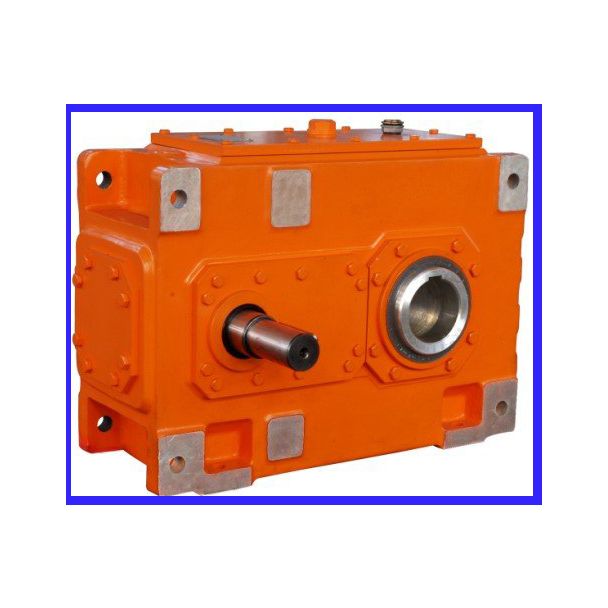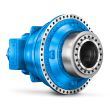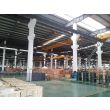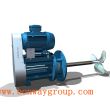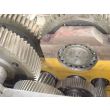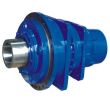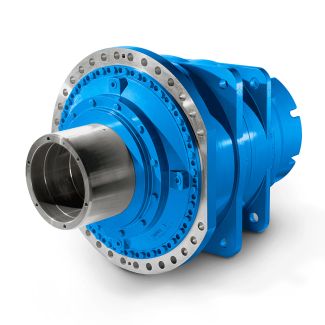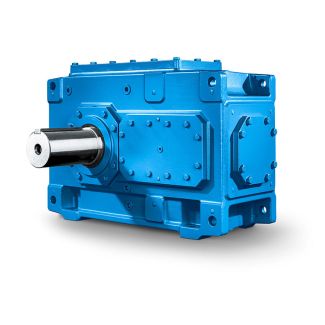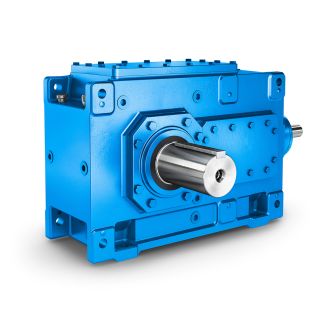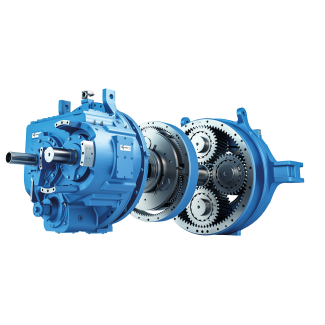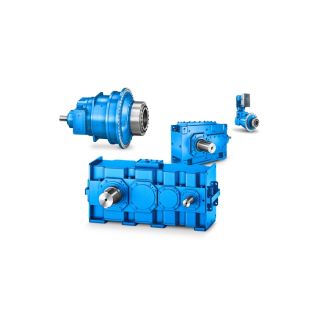tails on the shafts see Chapter Cooling optio B3DH-5-C Bevel-helical gear box B3
In stock
SKU
B3DH-5-C
$12,000.00
Flender/Flender Gear Units/Bevel-helical gear box B3
rain, flour, etc.) and building materials are conveniently transported using elevators. It was noted that elevators are employed in chemical industry factories, foundries, refractory material production, metallurgical factories, food industry, flour mills, grain silos, and similar set - tings. The
industry factories, foundries, refractory material production, metallurgical factories, food industry, flour mills, grain silos, and similar set - tings. The  characteristics of elevator components were described, and the calculation method for elevator design was explained using tables with standards determined
characteristics of elevator components were described, and the calculation method for elevator design was explained using tables with standards determined  for elevator types and their components. In the study of Demirsoy ( the elevator as mecha - nism that operates
for elevator types and their components. In the study of Demirsoy ( the elevator as mecha - nism that operates  either vertically or inclined and includes band and chain as the traction organs was defined. It was mentioned that elevators are distinguished primar - ily by their methods of feeding and discharging buckets. Types that use centrifugal force for rapid discharge and types that operate more slowly due to the weight of the conveyed material were discussed. Additionally, important DIN standards related to elevator design were provided.In the study of Gven (, computer-aided design of rubber band conveyors was made. The history of rub - ber belt conveyors, their applications from the past to the present, the types of bulk materials they can trans - port, and the various types of rubber belt conveyors were discussed. The benefits of using computer-aided design, particularly with the Visual Basic 3.0 programming lan - guage, for the ergonomic design of conveyors in terms of workload and time efficiency were emphasized. In the study of Karaglle ( an effort was made to generate interest in the language among programmer candidates by developing two very simple yet useful ex - amples for an introduction to visual programming. The structure of the programming language, variables, data types, loops, program control expressions, operators, mathematical operations, functions, subprograms, ob - ject-oriented programming, and debugging issues were explained. In the study of Demirli and nan (
either vertically or inclined and includes band and chain as the traction organs was defined. It was mentioned that elevators are distinguished primar - ily by their methods of feeding and discharging buckets. Types that use centrifugal force for rapid discharge and types that operate more slowly due to the weight of the conveyed material were discussed. Additionally, important DIN standards related to elevator design were provided.In the study of Gven (, computer-aided design of rubber band conveyors was made. The history of rub - ber belt conveyors, their applications from the past to the present, the types of bulk materials they can trans - port, and the various types of rubber belt conveyors were discussed. The benefits of using computer-aided design, particularly with the Visual Basic 3.0 programming lan - guage, for the ergonomic design of conveyors in terms of workload and time efficiency were emphasized. In the study of Karaglle ( an effort was made to generate interest in the language among programmer candidates by developing two very simple yet useful ex - amples for an introduction to visual programming. The structure of the programming language, variables, data types, loops, program control expressions, operators, mathematical operations, functions, subprograms, ob - ject-oriented programming, and debugging issues were explained. In the study of Demirli and nan (| Model Type | Bevel-helical gear box B3 |
|---|---|
| Gear Type | Bevel Helical Gear |
| Weight (kg) | 560.000000 |
| Ratio Range | 1 : 12.5…71 |
| Low Speed Output | Hollow shaft with shrink disk |
| Nominal Torque | 11600 Nm |
| Mounting Arrangements | Horizontal mounting position |
| Manufacturer | FLENDER GUSS GMBH |
| Country of Manufacture | Panama |
| Data Sheet & Drawings | tails on the shafts see Chapter Cooling optio B3DH-5-C Bevel-helical gear box B3 |
